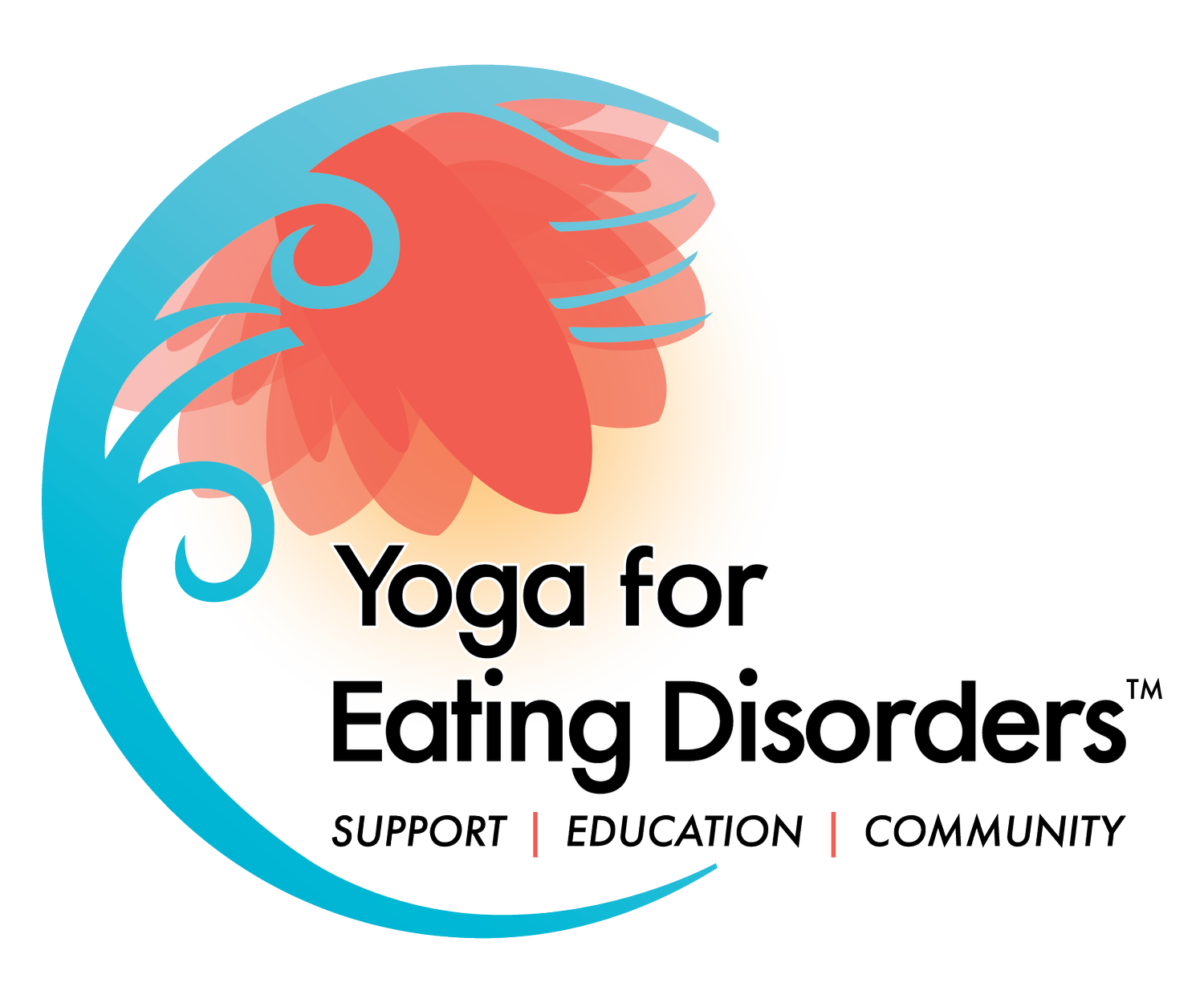Lessons From the Mat: On Fear and Expansion
*Note: This article originally appeared in YogaLiving Magazine.
The archetype of Crow Pose (bakasana) embodies fearlessness, persistence, and bold expression. Every time I do this pose, I have an opportunity to practice these qualities. I often think about the courage it takes to lean forward enough for my feet to come off the ground. The fear of face-planting often blocks me from leaning in enough. With every attempt at the pose, however, I persistently practice letting go of fear so that I can fly.
That being said, Crow is one of my favorite arm balancing poses. I typically feel strong in it and enjoy the challenge of floating back to plank pose. But every so often, this pose has a sneaky way of revealing the hard truth about a fear or negative thought I am clinging to and shows up in the form of wobbly arms, dilly-dallying to get into the pose, and falling out of it.
I didn’t catch on to this relationship between fear and Crow Pose until recently. After the teacher cued Crow, I lowered down, set my hands, and raised my knees high up on the back of my arms. At the very moment I began to lean forward to fly, a thought flashed in my mind about a hard conversation I needed to have later that day. In that split second, my right knee slid off my arm. By the time I recovered, the teacher moved on to the next pose, and my opportunity to fly was over. I was distracted and agitated for the rest of practice, not because I fell out of the pose, but because I was rehearsing multiple versions of the conversation I needed to have. I was afraid of disappointing the other person, and I feared how I would react to her response.
After class I tripped on my way out of the yoga room. And where was my mind in that very moment? I was stuck in the same fear that pulled me out of Crow Pose. That’s when I made the connection about how fear shows up in Crow Pose for me. Given that the archetype of crow is fearlessness, it makes sense to me that holding onto fear would naturally inhibit my ability to embody this quality or attitude while in the pose.
Not surprisingly, I had a similar experience during another class in Dancer’s Pose. I fell out of Natarajasana or Lord of the Dance Pose at the exact moment my focus left my breath to chase a trail of negative thoughts. Dancer is my favorite standing balance pose. It invites an experience of both grace and strength, steadiness and expansion. The moment I fell out of Dancer, my thoughts were filled with self-doubt about asituation in my life. Like a magnetic force, negative thinking pulled me off my center and out of the pose. I witnessed myself shift from steady and strong to distracted and wobbly. Once my mind latched onto self-doubt, I sensed the fall coming, and there was no stopping it.
My “dancer’s experience” mirrored the direct relationship between the mind and body and how thoughts affect physical being. Negative thoughts throw things off balance. Conversely, positive thoughts are often grounding. When I have a positive thought during a yoga pose, I feel myself expand, open, and root down to grow taller. I am not shy about taking up space, getting creative, or trying something new. With negative thinking, I shrink, become insecure, and stumble.
From these experiences and a new awareness about myself, I came to appreciate what exactly it means to fly in Crow Pose or be full of grace in Dancer pose. Sure, it’s fun and fancy to balance on my hands, but in the act of flying, in that moment my feet are off the ground, I am not bound to fear. My body and mind lift off for flight because the weight of fear or self-doubt isn’t holding me down or preventing me from doing something incredible, like balancing on my hands or standing steadily on one foot. Crow teaches me that on the other side of fear there is an opportunity to experience a free body and an uninhibited mind. In those few moments that I touch fearlessness, I come to know and trust that it’s possible to reach the other side of fear.
Next time you are on your mat, I invite you to observe how the quality of your thoughts affect your balance. Notice how positive and negative thoughts manifest in your body and play themselves out in the poses. After you study yourself on your mat for some time, take time to notice how the quality of your thoughts affect your mood, energy level, self-perception, and relationships in your daily life.
It’s only through noticing these trends in ourselves that we can become aware of how the thoughts we dwell on affect our overall balance. The power in this awareness is tremendous and can lead us to experience balance, positivity, and self-awareness more regularly on our mats and in our lives.


